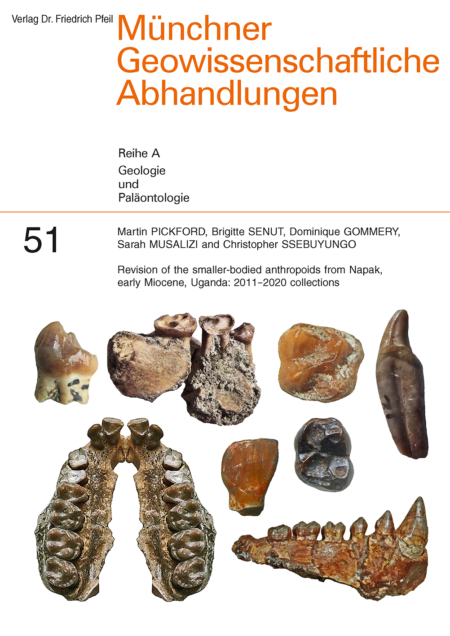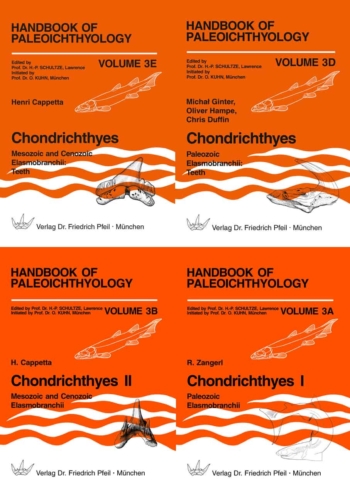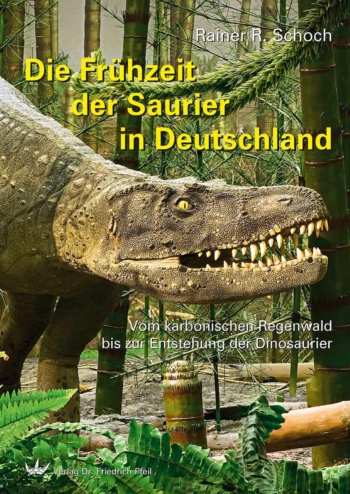Since the publication on the small-bodied catarrhines of Napak, Uganda, by Pickford et al. (2010) 173 additional teeth have been recovered from localities in the Iriri, Napak and Akisim members, some of them in maxillae and mandibles. The diversity of small catarrhines at Napak is high, with at least ten species recognised, one of which is incertae sedis. The new collections fill out the fossil record of several of the inadequately known taxa, and indicate the possibility that there are additional poorly represented lineages present. The expanded dental sample of Micropithecus clarki now available from Napak, reveals that all the fossils from Kenya attributed to this species fall outside the range of metric variation of the Napak sample. A revision of the Kenyan small-bodied “ape” samples is needed to clarify their status, as it is also clear that several of the Kenyan taxa as currently understood, such as Kalepithecus songhorensis, are chimaera, their hypodigms being mixtures of remains from two or three taxa. This situation renders previous cladistic analyses of doubtful value. A partial revision of some of the Kenyan taxa is undertaken herein, but a general revision is beyond the scope of this paper, the aim being to focus on the Napak assemblage in order to make it accessible to colleagues.
Key words. Taxonomy, Systematics, Morphology, Adaptations, Catarrhines, Uganda, Early Miocene, Dentognathic, Maxillary sinus, Incisive foramen, Nasal aperture.






Reviews
There are no reviews yet.